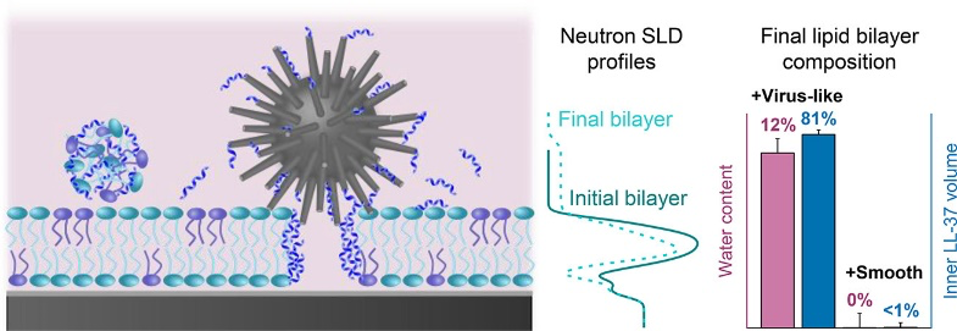Research highlights from NanoMed North
Three questions to
Prof. Börje Sellergren (Biofilm Research Center for Biointerfaces, Malmö University) about his project “Biomimetic sensors for the rapid detection of the SARS-CoV-2 virus”.
What´s the novelty with this project?
Our reversible self-assembled monolayers (rSAMs) can be seen as rugged mimics of lipid bilayer membranes which can be used to boost sensitivity in virus detection to very high levels. This project focuses on adapting rSAMs to SARS-Cov-2 detection in a fiberoptic nanoplasmonic sensor format featuring low cost, fast response and ruggedness for monitoring of health status or for environmental virus surveillance.
Future implications?
The need for rapid response upon pandemic threats suggests that a new generation quick tests are needed that are not relying on slow to develop antibodies or PCR. We use a mobile epitope approach to mimic the host cell ACE2 receptor in a simple, robust and affordable construct that are easy to produce. With only small changes to the design we can therefore rapidly adapt the sensors/tests to the new virus variants, which is not easy to achieve with alternative approaches.
What´s next?
We are currently validating the first generation sensor in collaboration with optical sensor experts in Linköping. Preliminary results have shown the sensor to bind the virus with affinities exceeding the host-cell virus interactions in simple model systems. Key now is to investigate the cross reactivity with other virus variants, to tune the mobile epitope design and to test the sensors in relevant bio- or environmental matrices.
For more info about the project please contact Börje Sellergren, borje.sellergren@mau.se

Foto: Leif Johansson
|
|
|
|
|
|
|








